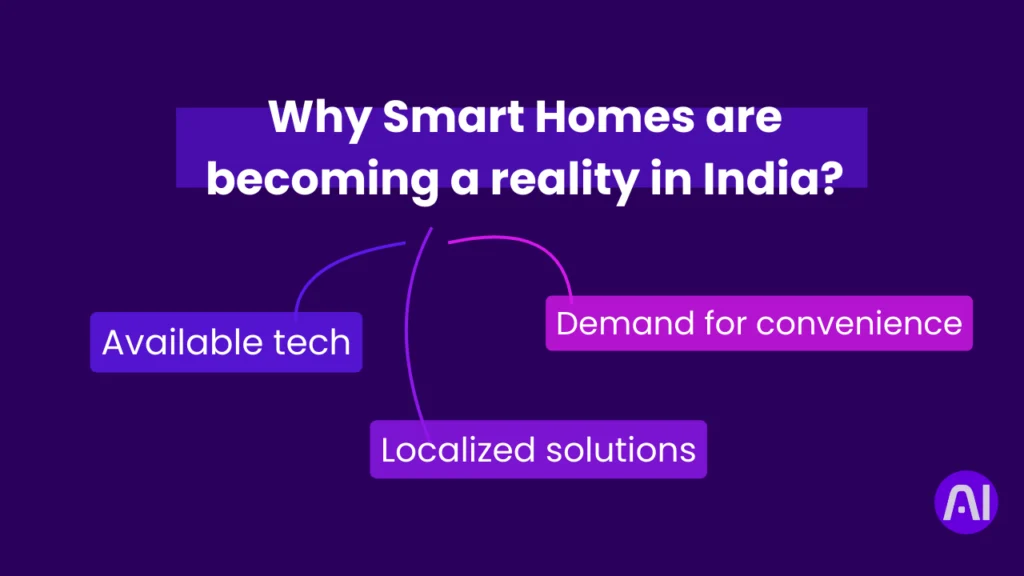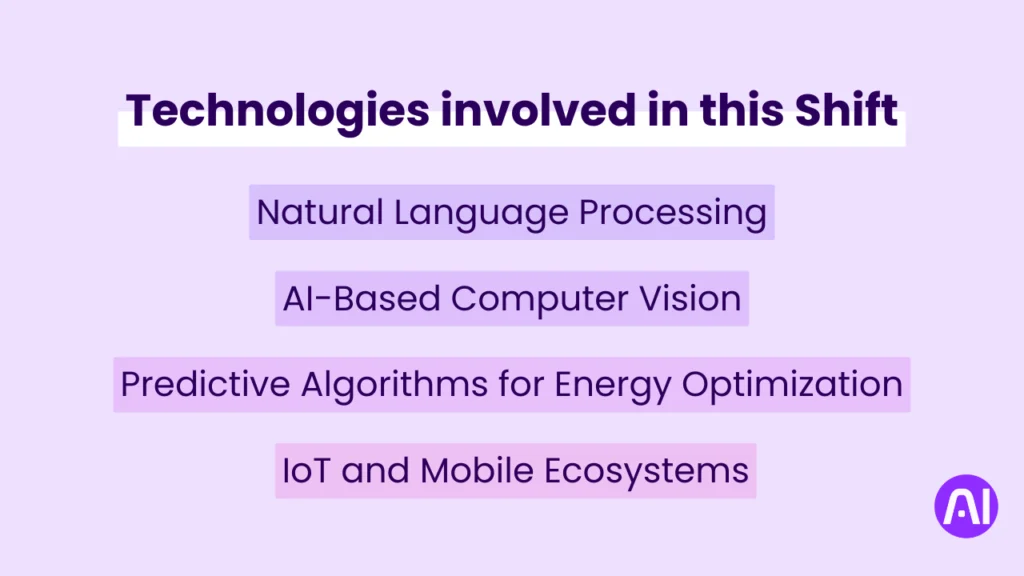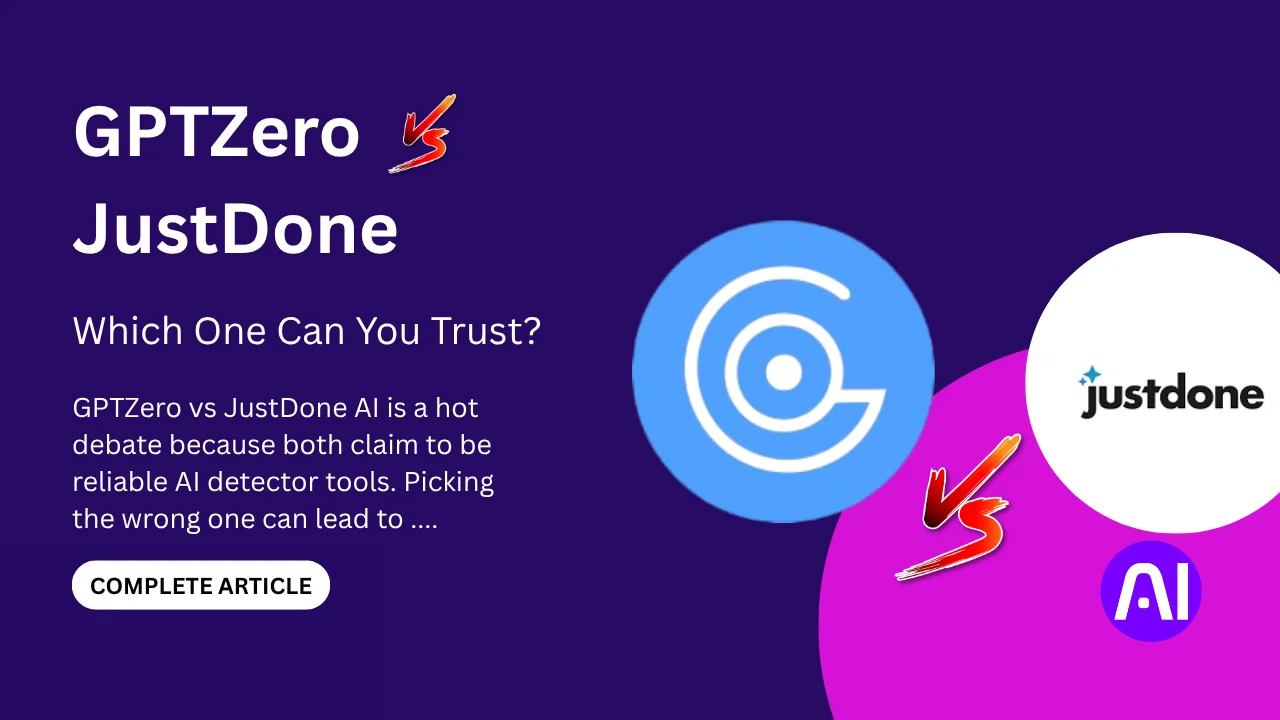Smart homes using AI in India opening up new possibilities for families, professionals, and even small-town users. What was once futuristic is now practical. From Alexa turning on your lights to AI-powered cameras protecting your home, these changes are already happening.
AI-powered homes are not only about luxury. They are about convenience, safety, and saving money. India, with its booming digital growth and affordable internet, is an exciting space for smart living. The government’s Smart Cities Mission, local startups, and global tech players are accelerating this shift.
In this article, we’ll explore how AI is shaping Indian homes today, what benefits it brings, the challenges families face, and what the future looks like for everyday life in India.
Why Smart Homes Are Becoming a Reality in India

India is going quite well in technology development. Here are some key reasons of Smart homes in India.
Key Reasons:
- Affordable smartphones, devices, and data.
- Localized solutions for Indian needs.
- Demand for safety, savings, and convenience.
Smart homes in India are growing because of urban lifestyles, affordable technology, and government initiatives. More families are now open to AI-driven living.
Urbanization is a big driver. With fast-paced work lives, people look for convenience and time-saving tools. AI-powered assistants can set reminders, switch appliances on or off, and even manage routines.
Affordability is another factor. While earlier smart devices were costly, now budget-friendly options exist. Smart plugs, bulbs, and cameras are within reach of the middle class.
Millennials and Gen Z, being tech-savvy, play a huge role. They are early adopters of new devices and influence family decisions. Combined with programs like Digital India and Smart Cities, the ecosystem is ready for growth.
AI Is Changing Indian Homes Everyday
AI in Indian homes is not limited to luxury apartments. It is quietly entering daily routines across middle-class households.
Smart Assistants in the Kitchen
Voice assistants like Alexa and Google Nest are helping with recipes, shopping lists, and timers. For busy parents, this feels like a helping hand in the kitchen.
Even non-English speakers benefit, as these devices now support Hindi and regional languages. This inclusivity is expanding their reach in Indian homes.
AI-Powered Security
Security is a priority in both cities and towns. AI cameras detect unusual activity, recognize faces, and send alerts instantly.
For families where both parents work, these tools bring peace of mind. Elderly relatives and children at home feel safer.
Energy Management
AI systems optimize electricity use. Smart meters and thermostats help reduce monthly bills by controlling power consumption.
In a country where electricity costs matter to households, this benefit is a major attraction.
Everyday Convenience
From switching off lights remotely to adjusting air conditioning, AI simplifies daily living. Entertainment systems also integrate with voice control.
Convenience, once seen as luxury, is slowly becoming standard in many Indian homes.
Technologies Powering this Shift

The backbone of smart homes lies in AI technologies working behind the scenes. They combine automation, learning, and decision-making.
Natural Language Processing (NLP) and Voice Assistants
NLP allows devices to understand human speech. Tools like Alexa, Google Home, and Siri respond to everyday commands naturally.
This makes technology more user-friendly, especially for elders and children who find apps complicated.
AI-Based Computer Vision
AI security cameras analyze video feeds to spot unusual movement or faces. They reduce false alarms and increase accuracy.
This technology is now available in affordable home cameras sold widely online in India.
Predictive Algorithms for Energy Optimization
AI tracks electricity usage patterns and suggests efficient use. Smart thermostats learn when to turn devices on or off.
In a power-conscious country like India, this feature is both eco-friendly and money-saving.
IoT and Mobile Ecosystems
Most smart devices connect to phones. This integration makes AI management easy for Indian families already dependent on mobile-first lifestyles.
The rise of IoT combined with AI is fueling connected homes faster than before.
The Indian Advantage – Why This Market Is Different?
India’s smart home growth is different from other countries because of its unique advantages.
Affordable smartphones and cheap data plans mean most people already have the tools to control AI devices. Jio and Airtel made mobile internet accessible to millions, creating a foundation for smart living.
Local startups are tailoring products for Indian needs. Devices are designed to handle frequent power cuts, lower budgets, and regional language support.
Unlike in the West, India’s adoption is not just about luxury. It’s about solving real, practical problems like safety, electricity bills, and time management.
This balance of affordability, localization, and real needs makes India a unique smart home market.
- Cheap data and smartphones make AI smart devices widely accessible.
- Localized designs work well despite power cuts and budget limits.
- Adoption is driven by safety, lower bills, and daily convenience, not just luxury.
- Regional language support helps expand usage beyond metro cities.
Mobile Internet as the Backbone
India’s smart home growth rests on affordable data. Telecom giants like Jio and Airtel created a digital-first society where even rural users can access AI-driven devices.
Local Startups Leading Innovation
Unlike imported gadgets, Indian startups design AI tools for real challenges—handling power cuts, cost concerns, and adding multi-language support.
Practical Value Over Luxury
For Indian families, smart homes aren’t a status symbol. They help reduce electricity bills, enhance safety, and save time in busy routines.
Tier-2 and Tier-3 Cities Rising
Smart living is no longer limited to metros. Smaller cities are driving adoption thanks to affordable devices and growing internet penetration.
Challenges in Wider Smart Home Adaption
Despite growth, challenges hold back smart homes in India. These hurdles must be addressed for mass adoption.
Affordability Gap
While entry-level devices are cheap, full-fledged systems remain costly. Import duties increase prices, making advanced products unreachable for many.
Until local manufacturing scales, affordability will remain a concern for middle-class families.
Data Privacy Concerns
Smart devices collect data, from voice commands to security footage. Many users worry about misuse or hacking.
Stronger laws and transparent policies are needed to build trust among Indian consumers.
Infrastructure Limitations
Unstable internet and frequent power cuts limit device reliability. Without consistent connectivity, smart systems fail to work properly.
This makes rural and semi-urban adoption slower, though mobile-first solutions are bridging gaps.
Awareness and Education
Many still think smart homes are only for the rich. Lack of awareness about affordable options slows adoption.
Education campaigns and demo experiences will help build consumer confidence.
Also go through this research on Meta’s Superintelligence: Meta’s Personal SuperIntelligence is Coming | Zuckerburg…
Industry & Government Push
Both government programs and private industry are fueling India’s smart home growth.
Smart Cities Mission
The Smart Cities Mission aims to modernize urban areas with technology. Smart homes align well with this vision.
As cities adopt smart infrastructure, household-level AI adoption grows naturally.
Indian Startups
Startups like Oakter, Cubical Labs, and Smitch are making devices locally. Their focus is affordability, security, and energy efficiency.
These innovations reduce reliance on imports while catering to Indian needs.
Global Tech Players
Companies like Amazon, Google, and Xiaomi see India as a key market. They are customizing products for local users.
Their partnerships with telecoms and real estate developers are accelerating smart home integration.
Real-Life Examples & Case Studies
Examples from Indian cities show how AI homes are already impacting lives.
Tata Power’s Smart Home Push
Tata Power has partnered with Google and Panasonic to integrate AI-powered energy management systems in Indian homes. Their EZ Home automation devices, priced affordably under INR 2,000 per switch, allow users to control fans, lights, and appliances through voice assistants like Alexa and Google Home.
According to Tata Power’s 2022 report, over 1 lakh devices have already been deployed across Indian households, with demand rising in both metros and Tier-2 cities. The company highlights that its solutions cut electricity consumption by up to 30%, a major draw for cost-conscious families.
- EZ Home devices start under INR 2,000, enabling low-cost smart automation.
- Over 100,000 units deployed across metros and Tier-2 cities by 2022.
- Users report up to 30% savings on electricity bills.
This shows how even traditional utilities in India are adopting AI-led smart solutions to meet local needs for energy savings and convenience.
Smart Apartments in Metro Cities
In Bengaluru, developers offer apartments with built-in AI systems for lighting, cooling, and security. Residents experience automation from day one.
In Mumbai, luxury housing projects are using AI-powered surveillance as a selling point for families.
Startup Innovations
Companies like Oakter create devices for under INR 5,000. Their plug-and-play models help households test AI gradually.
These startups prove that smart living can be affordable without compromising on quality.
The Road Ahead – What’s Next for AI Homes in India
The future of smart homes in India is promising, with deeper integration of AI, IoT, and 5G.
5G will make AI devices faster and more reliable, enabling seamless connections across multiple gadgets. Homes will feel more “intelligent” with predictive personalization.
Machine learning will allow homes to learn habits, like adjusting lights and temperatures automatically. AI may even connect with EVs and renewable energy setups.
Over the next five years, smart homes are expected to shift from luxury to mainstream, with mid-income families leading adoption.
Getting Started – Practical Tips for Indian Families
Many believe smart homes are complex, but small steps make it easy to begin.
Start with entry-level devices like smart plugs, bulbs, or speakers. These cost less than INR 5,000 and require minimal setup.
Focus on security-first devices like AI cameras or locks, as they bring peace of mind.
When expanding, choose products with local support and strong privacy features. Scaling gradually avoids overspending while still enjoying AI benefits.
Conclusion
Smart homes using AI in India are no longer just futuristic concepts. They are practical, affordable, and increasingly common. Families benefit from better safety, cost savings, and everyday convenience.
Challenges remain around affordability, privacy, and infrastructure. But with government support, startup innovation, and global partnerships, adoption will continue to grow.
For Indian households, the journey can start small—with a smart plug or assistant, and scale over time. The real opportunity lies in creating homes that are secure, efficient, and tailored to daily needs.
India is uniquely positioned to make smart homes a mainstream reality in the coming years.
Go through this guide on Google Nano Banana (Trending tool) : Google Nano Banana Guide | Mind Blowing AI Image Editor
FAQs
1. Are AI-powered smart homes expensive in India?
Not always. Entry-level devices like smart plugs and bulbs are affordable, while advanced systems cost more.
2. Which are the best smart devices to start with?
Smart speakers, plugs, and cameras are beginner-friendly and cost under INR 5,000.
3. Do smart homes actually save money?
Yes. AI devices cut electricity use through automation, reducing bills over time.
4. Are smart homes safe from hackers?
They can be safe if you choose trusted brands, update devices, and use strong Wi-Fi security.
5. Are smart homes only for metro cities?
Metro cities lead adoption, but smaller towns are catching up as devices become affordable.
6. How is the government supporting AI homes?
Through initiatives like Smart Cities Mission and digital infrastructure projects.
7. What will smart homes in India look like in 5 years?
They’ll be more affordable, personalized, and connected with 5G and renewable energy.








